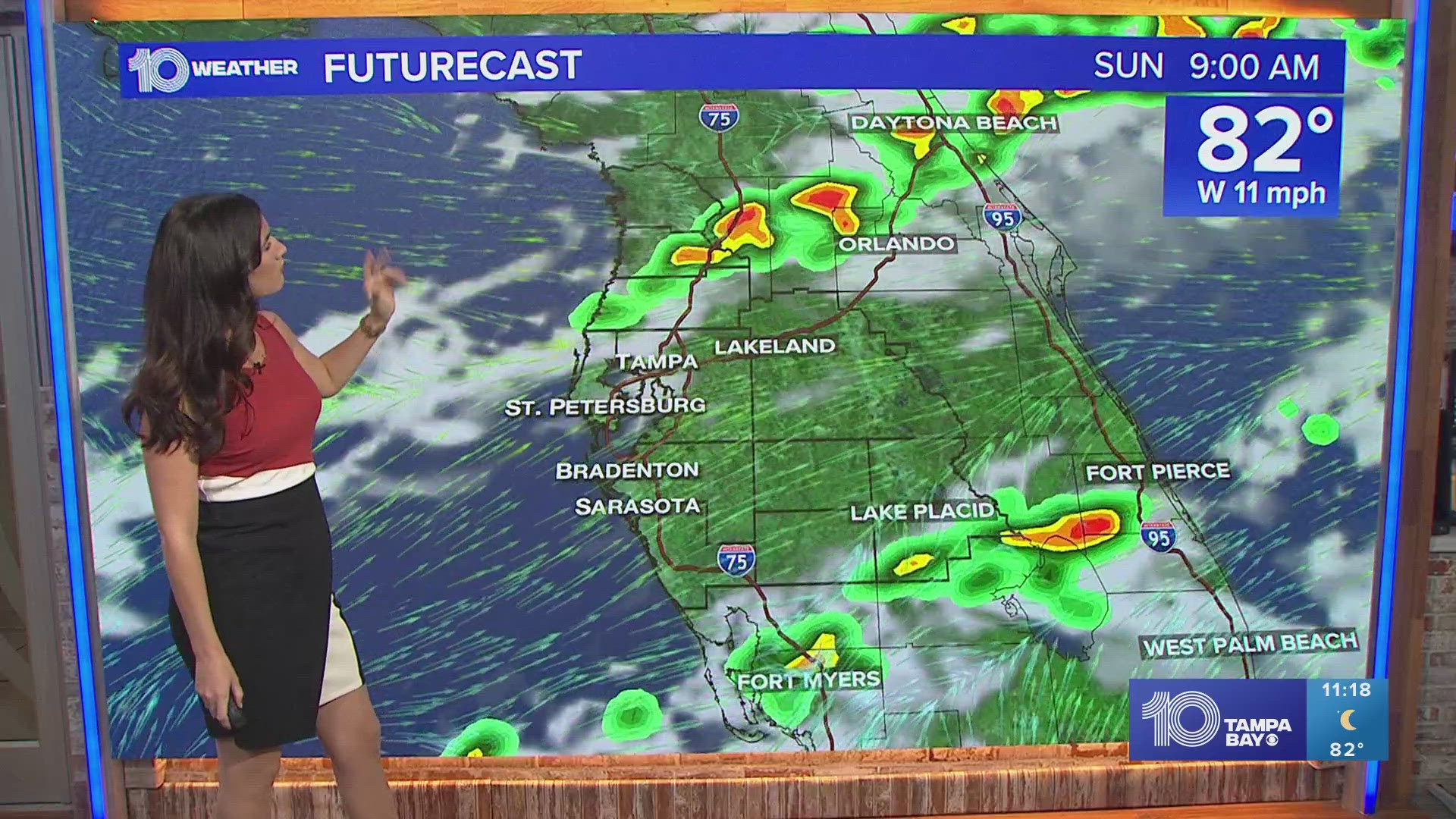ST. PETERSBURG, Fla — If your skies are clear each evening over the next week or so, be sure to take a few moments to look up. You just might be lucky and catch a glimpse of a fireball from the Taurid meteor shower.
A fireball is another term for a very bright meteor, generally brighter than magnitude -4, which is about the same magnitude as the planet Venus.
While most meteor showers are noticeably active for about a week, the Taurids have perhaps the longest duration of overall visibility. Meteors from this particular stream begin appearing in our night sky in late October and continue through late November.
Nov. 5 through Nov. 12 is traditionally the time frame when these slow and majestic meteors are at their best.
The Taurids are actually two separate showers, with a Southern and a Northern component. The Southern Taurids originated from Comet Encke, while the Northern Taurids originated from the asteroid 2004 TG10. They are named after their radiant point in the constellation Taurus, where they are seen to come from in the sky.
The South Taurids meteor shower peaks November 4-5, according to EarthSky.org, meaning they are peaking now. Unfortunately, the light of the bright waning gibbous moon will accompany the peak of the South Taurids. However, a bright meteor, or fireball, can overcome this light.
About a week later, the North Taurids peak on the night of November 11-12. Again, there typically isn’t a great number of meteors produced per hour, but bright fireballs are possible.
The best time to look for Taurids is after midnight when Taurus is high in the sky,
By the way, the following week, on the night of November 16-17, the Leonid meteor shower peaks. Stargazers will see 15 to 20 meteors per hour. The best viewing time will be from midnight until dawn.
In 2020, the new moon on November 15 brings a dark sky for several nights. The peak number of meteors is expected to fall in the dark hours before dawn on Tuesday, Nov. 17.
What other people are reading right now:
- 2020 Election Results | Get live results from 10 Tampa Bay
- Reports: Florida man shoots, kills pregnant wife after mistaking her for intruder
- In 2016, Trump won Wisconsin recount. Now he seeks another.
- Biden nears 270 as battleground states continue counting ballots
- Police: Man makes threats on YouTube to kill Trump supporters, Florida politicians
►Breaking news and weather alerts: Get the free 10 Tampa Bay app
►Stay In the Know! Sign up now for the Brightside Blend Newsletter



